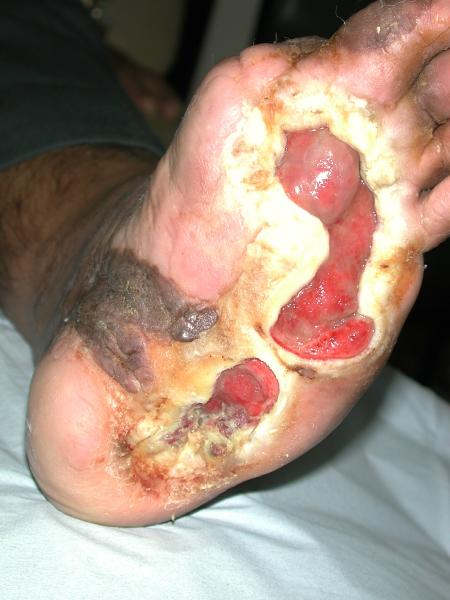One of many dreaded tags from a Centers for Medicare & Medicaid Survey is F-Tag 314 — Pressure ulcers.
CMS writes, “Each resident must receive and the facility must provide the necessary care and services to attain or maintain the highest practicable physical, mental, and psychosocial well-being, in accordance with the comprehensive assessment and plan of care.”
Based on the Comprehensive Assessment of a resident, the facility must ensure that:
- A resident who enters the facility without pressure sores does not develop pressure sores unless the individual’s clinical condition demonstrates that they were unavoidable; and
- A resident having pressure sores receives necessary treatment and services to promote healing, prevent infection and prevent new sores from developing.”
Our loss trending experience has shown us that the same issues that result in F-tags during a survey can also result in a patient event or claim.
Examples of wound related incidents that became problematic include:
- A Certified Wound Care Nurse provided a debridement of a Stage III pressure ulcer. The debridement was completed without a signed Physician’s order and the wound became infected. The lack of physician’s order did not meet the standard.
- Four months after the initiation of home hospice services, the patient developed a Stage IV ulcer on her heel, requiring amputation of the leg. The patient died several days after surgery. Documentation did not support that the medical director had prescribed treatment of the ulcer based on an examination of the patient.
Lessons learned:
Most wound management and pressure ulcer incidents/events are related to the failure of following existing protocols. To help manage this risk:
- Review pressure ulcer prevention and wound management policies and procedures on a regular basis to assure they are current with recommended guidelines.
- Provide consistent documentation of wound assessment and note changes (improvement or worsening).
- Communicate with the attending physician.
A newly updated clinical practice guideline, “Prevention and Treatment of Pressure Ulcers” was published by the National Pressure Ulcer Advisory Panel in 2014.
Identified best practices include:
- The organization has a pressure ulcer prevention and treatment policy/protocol that reflects the current best practices.
- Health professionals receive regular training in pressure ulcer prevention and treatment.
- Current information on pressure ulcer prevention and treatment is available for patients/residents and their caregivers in their own language.
- The organization’s pressure ulcer prevention and treatment protocol addresses the provision, allocation and use of pressure redistribution support surfaces.
Pressure sores can be debilitating to your patients, and the claims can be troubling for your facility and its reputation. Be sure that your staff understands the importance of following protocols in wound prevention. Your patients and organization will thank you.
Betty Norman is the Director of Risk Control Services GHP at Glatfelter Insurance Group.







